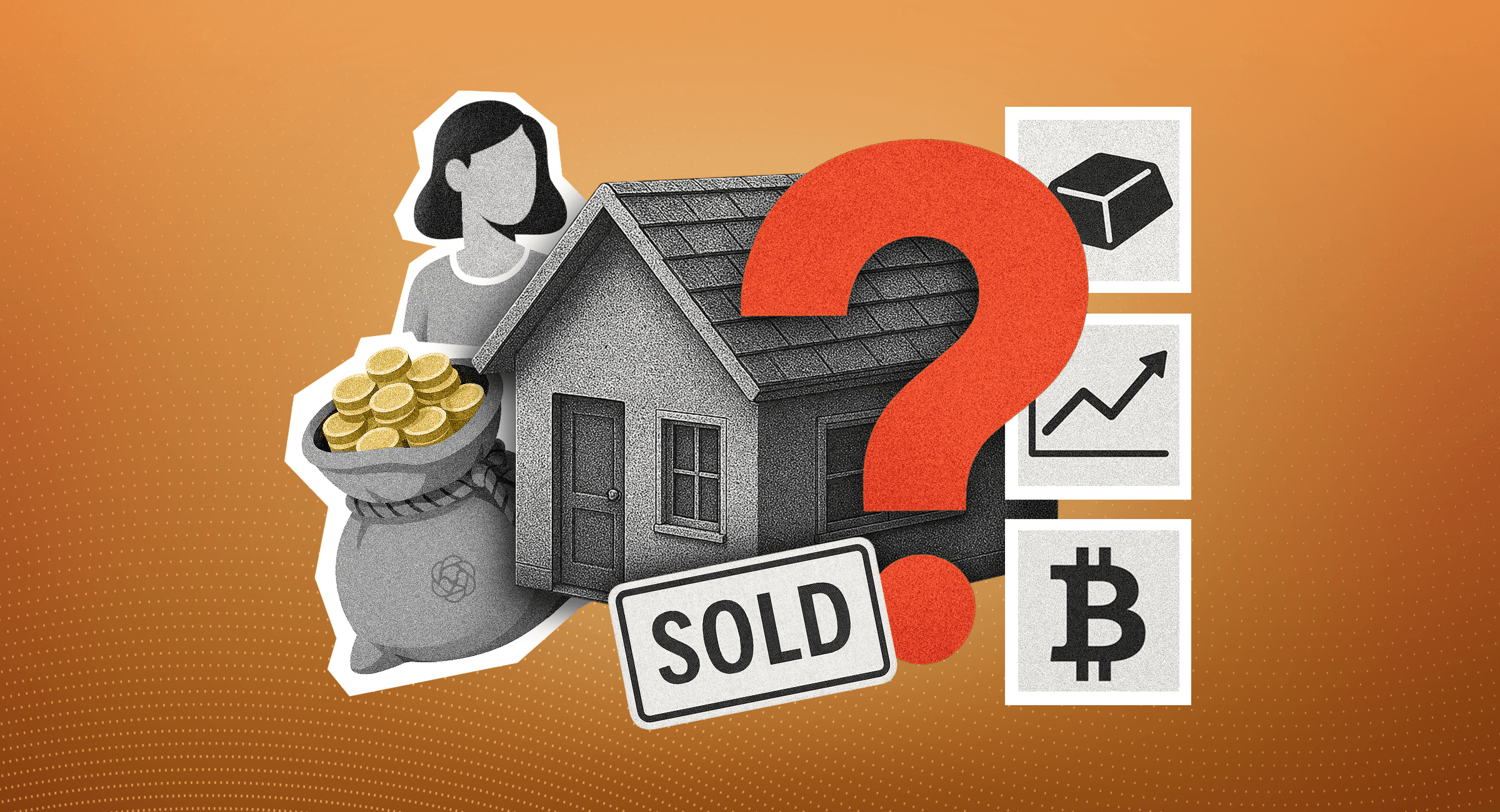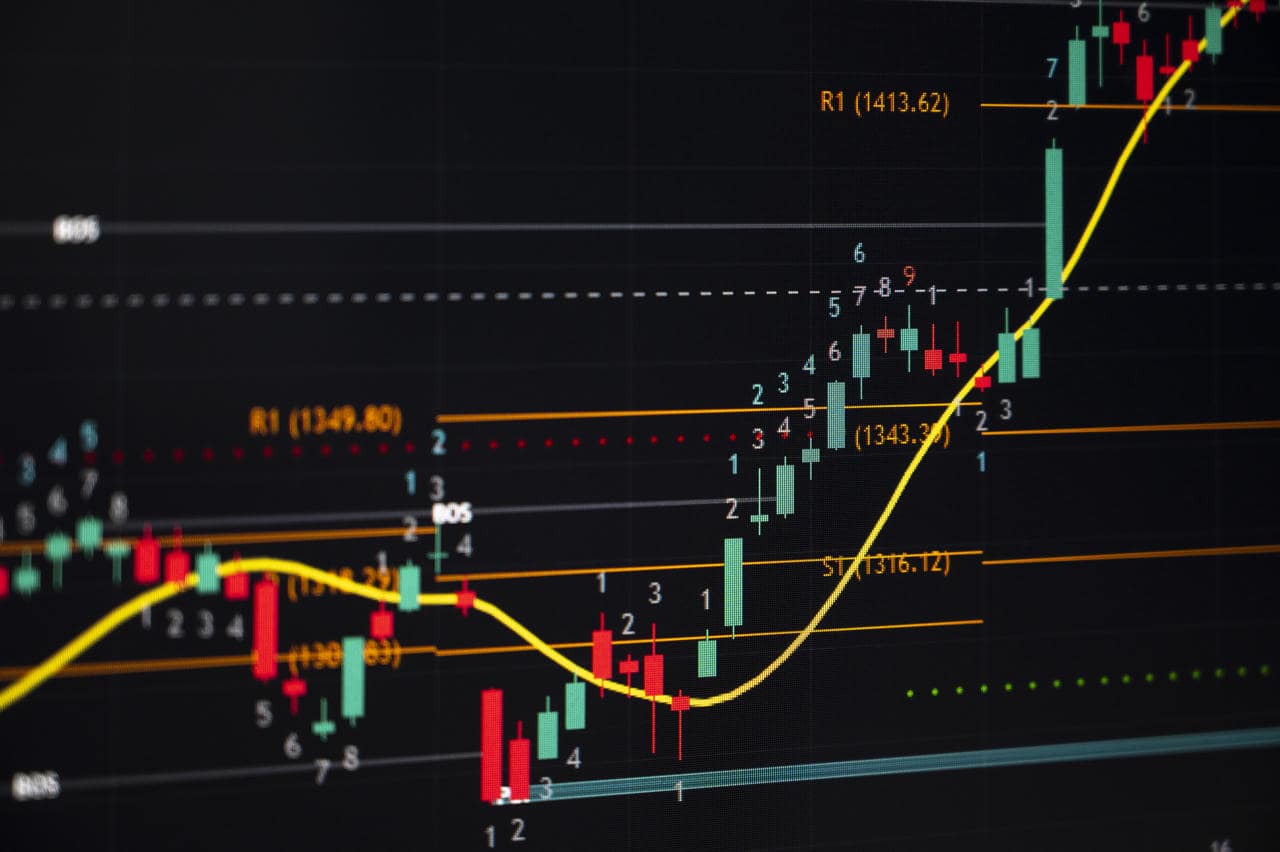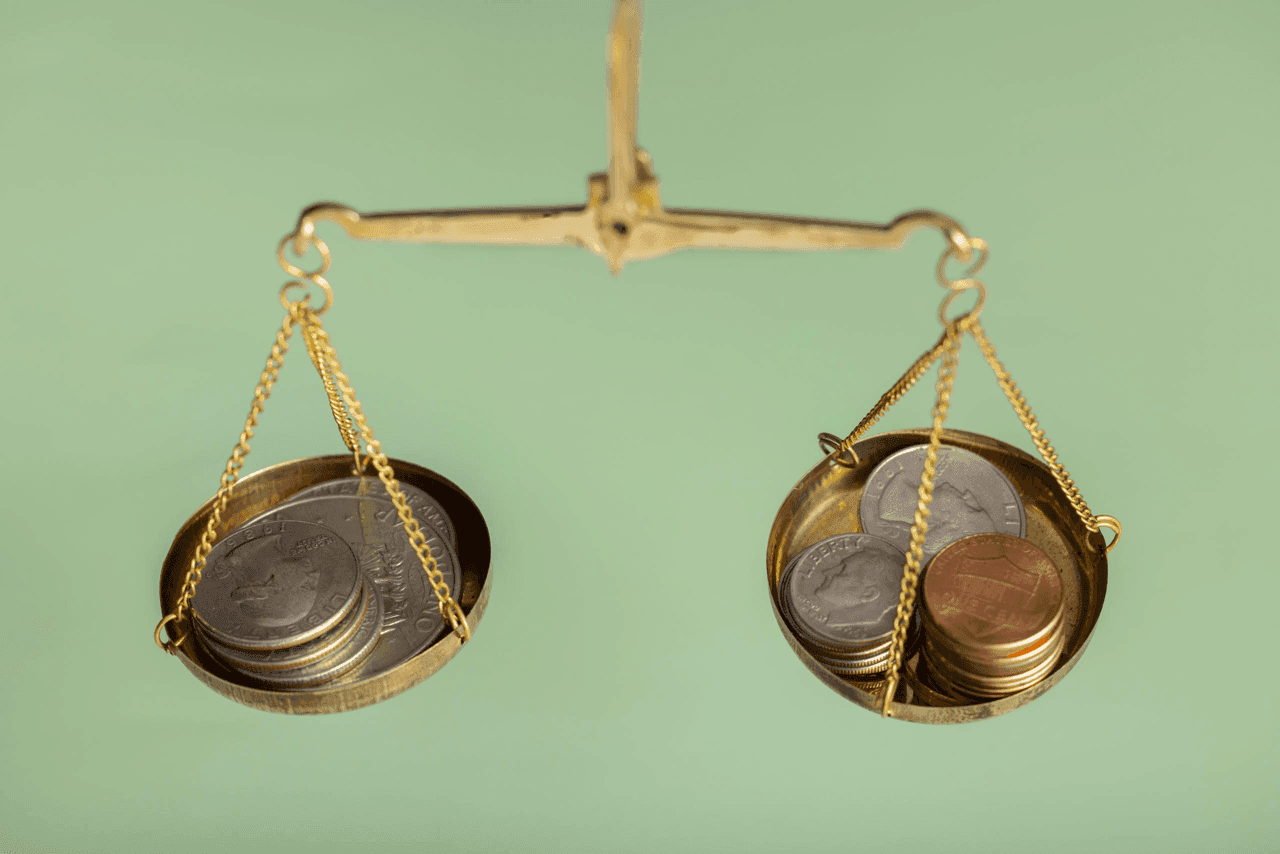Stocks, bonds, gold? Where to invest after selling your real estate

Discover smart ways to invest after selling property, from stocks to gold. Learn how to diversify and preserve your wealth with expert insights.



Shop our categories



Discover smart ways to invest after selling property, from stocks to gold. Learn how to diversify and preserve your wealth with expert insights.




